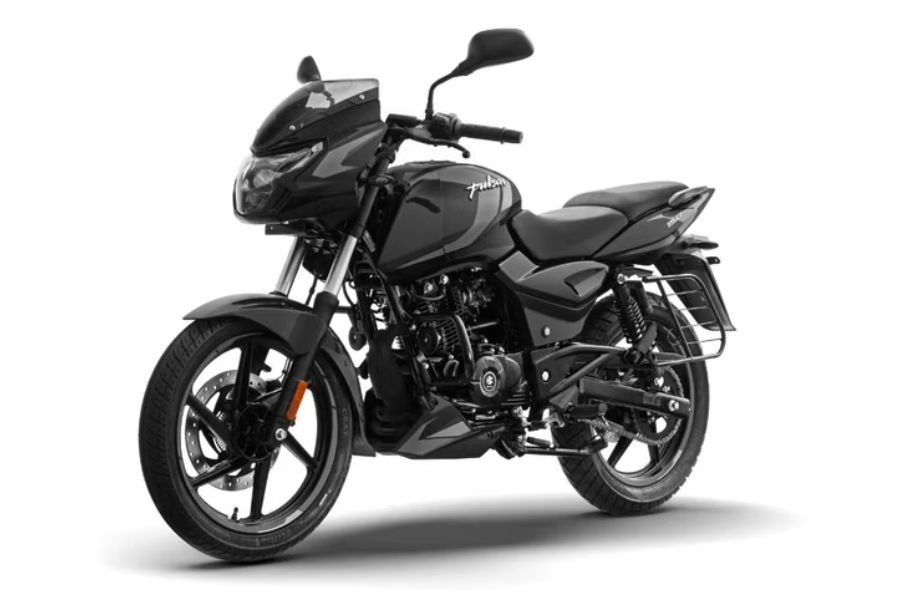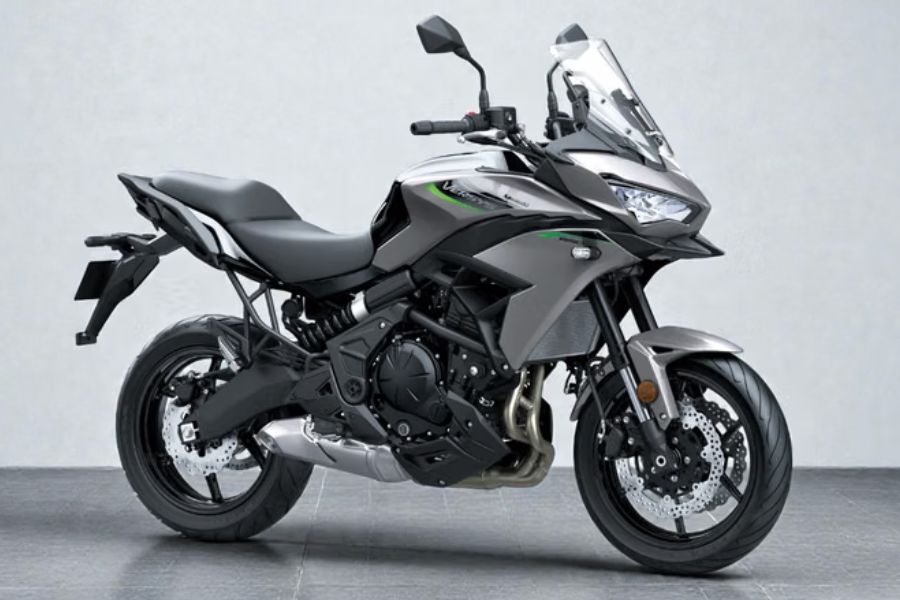Starting January 2026, Euro NCAP — the world’s leading vehicle safety assessment body — will implement new testing protocols that could reshape how car interiors are designed. Under the updated guidelines, vehicles will not qualify for a 5-star Euro NCAP safety rating unless they include physical controls for essential functions such as the horn, indicators, hazard lights, wipers, and SOS systems.
Why Euro NCAP Is Bringing Back Physical Buttons
In recent years, many carmakers have shifted toward minimalist cabin layouts, replacing traditional buttons with large touchscreens. While this design trend offers a cleaner and more modern look, it also introduces safety concerns.
Touch-based controls often require drivers to look away from the road, increasing the chances of distraction-related incidents. Physical buttons, on the other hand, offer tactile feedback, allowing drivers to operate essential functions by feel alone.
Recognising this, Euro NCAP has revised its safety rating criteria to prioritise driver focus and usability over aesthetics. The organisation argues that “driver attention” is a critical part of overall road safety — and intuitive, physical controls help maintain it.
The Key Requirement: What’s Mandatory Now
To secure a 5-star rating under the 2026 Euro NCAP norms, vehicles must feature dedicated, physical buttons or switches for:
-
Horn
-
Turn indicators
-
Hazard lights
-
Windshield wipers
-
SOS/emergency functions
Carmakers who choose to integrate these controls within touchscreen menus will automatically forfeit eligibility for a top safety rating.
A Turning Point for Interior Design
This move could signal a return to physical interfaces after years of digital-first cabin design. Some manufacturers have already started to respond — Volkswagen and Mercedes-Benz, for instance, have confirmed plans to reintroduce more physical buttons and dials in their upcoming models.
The new rules may encourage other carmakers to follow suit, especially those aiming to achieve or maintain 5-star Euro NCAP certification in Europe — a rating that significantly influences consumer trust and brand reputation.
Enhanced Focus on Active Safety and Driver Monitoring
The 2026 Euro NCAP protocols will also bring a major overhaul to active safety evaluation. The scoring for driver-monitoring systems (DMS) will jump from 2 points to 25 points, highlighting their growing importance.
These systems must now be capable of:
-
Tracking eye and head movements
-
Detecting drowsiness or inattention
-
Issuing timely alerts to prevent accidents
Additionally, new standards will assess how vehicles adapt safety systems in real time. Cars will need to identify passenger positions and adjust airbag deployment, seatbelt tension, and seat posture alerts accordingly to optimise occupant protection.
What This Means for Future Cars
The upcoming Euro NCAP changes will likely influence global automotive design and technology trends. Manufacturers will need to find the right balance between digital convenience and physical usability.
Ultimately, these updates reinforce one key message: safety should never be compromised for style. As cars become more advanced, the tactile reassurance of a simple button press might once again become a defining factor in what makes a vehicle truly safe.
Check out also:




